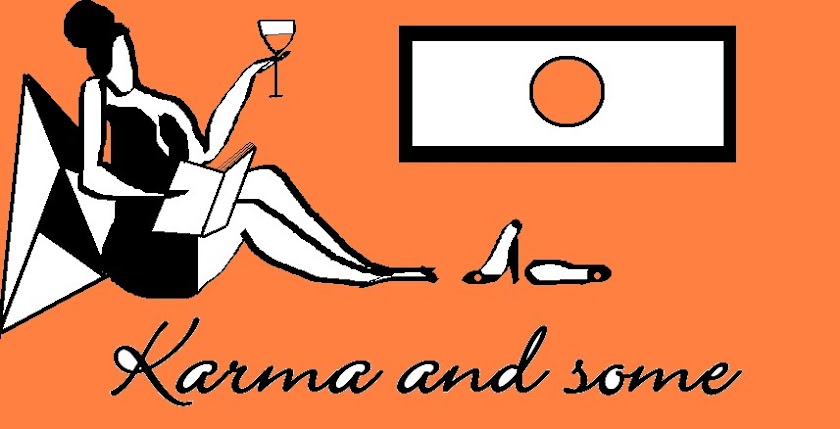I let this book sit upon my shelf for a long time before I started reading it a couple of weeks ago. It sounded like one of those riding the current mythology wave, and I hadn't heard good things about it from my other reader friends. However, the huge success of Neelakantan's debut book, Asura, and the fact that this was a story of the 'other side', piqued my interest. We've read altogether too many Kaurava-bashing Mahabharatas, and a fresh perspective was welcome.
It is interesting that Neelakantan should pick a name like Ajaya for his trilogy, because to me it seems like a subtle and intentional mockery of the 'original' Mahabharata, which was called Jaya. Incidentally, popular mythology author and illustrator, Devdutt Pattanaik, has also recently wrote a book by that name, which did very well. The word 'Ajaya' means invincible, but phonetically split, A-Jaya also looks like the anti-thesis of Jaya. Neelakantan seems to have decided to be the anti-heroes' torchbearer from the word go, as he subtitles the book Epic of the Kaurava Clan. Roll of the Dice is the first of the three books in this series.
Roll of the Dice takes a little time picking up pace, which might explain the few discouraged readers I spoke about earlier. He takes his time introducing the principal characters like Bhishma, Drona, Kripa, Balarama, Karna, Parshurama, Shakuni, Ekalavya and of course, Suyodhana (Duryodhana) and dedicates entire chapters to them. But once the stage is set, the plot gathers speed and the story flows easily from one chapter to the next. The author paints detailed character sketches, even those of minor characters like Jara, Dhaumya, Takshaka and Mayasura, gently convincing the readers to empathise with the traditional villains. In fact, Neelakantan's excessive sympathy for the underdog translates into large-ish portions dedicated to the untouchable beggar Jara and his blind dog, Dharma. Jara's continued presence in the plot evokes tremendous pathos and keeps reminding the reader that this is the story of the other side, which no one has ever wanted to hear.
Neelakantan is convincing in his portrayal of Suyodhana (nicknamed Duryodhana by the Pandavas) as a kind-hearted if short-tempered soul. Karna, who is generally recognised as a noble character even in the 'regular' Mahabharatas, is shown as a valiant warrior and friend, and Ashwathama & Sushasana (aka Dushasana) as loyal friends and supporters. Only Shakuni is the pure villain in Neelakantan's book. The author also succeeds in painting the Pandavas, Kunti and Krishna in a rather vile light, portraying them as a ruthless and conniving bunch. Only Arjuna's character is shown to have some nobility. He downplays their divinity and offers rational, believable explanations instead. One of my favourites is how he explains Karna's divine Kavach (armour). He says the armour, crafted by the finest workmen, was a gift to Karna by a king belonging to a dynasty of sun worshippers. Sounds so much more plausible than a baby being born with armour, doesn't it?
Even though Neelakantan rationalises a lot of mystical elements in his book, his story remains true to the original. Although sources have not been quoted, the basic plot is the same as the Mahabharata we have all grown up listening to. It seems thoroughly researched and generally legit. Some relationships/connections such as Subhadra and Suyodhana's, Karna and Parshurma's, Takshaka and Ekalavya's may be romaticised and fictionalised, but they serve the author's purpose well in painting these anti-heroes in a humane light. He is, in fact, so skilled as an author, that in just one book, I've found my faith in Krishna a little shaken. If that's not his success as an author, I don't know what else is.
I shall definitely complete the trilogy as they release, and you should too.


No comments:
Post a Comment